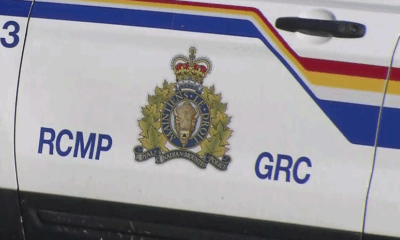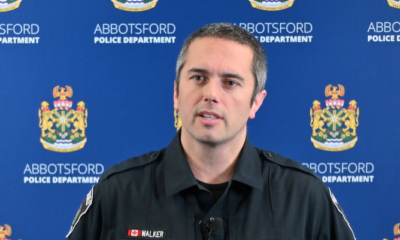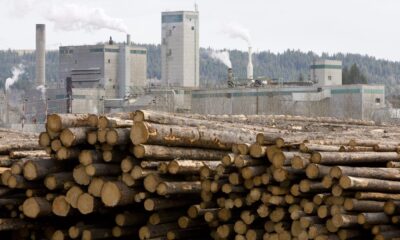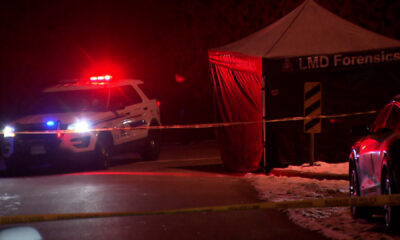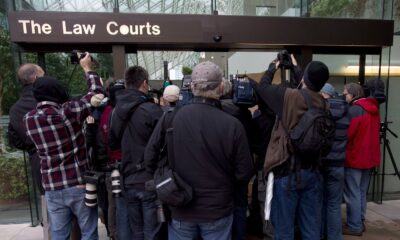Local News
Why didn’t you get the B.C. early earthquake alert?
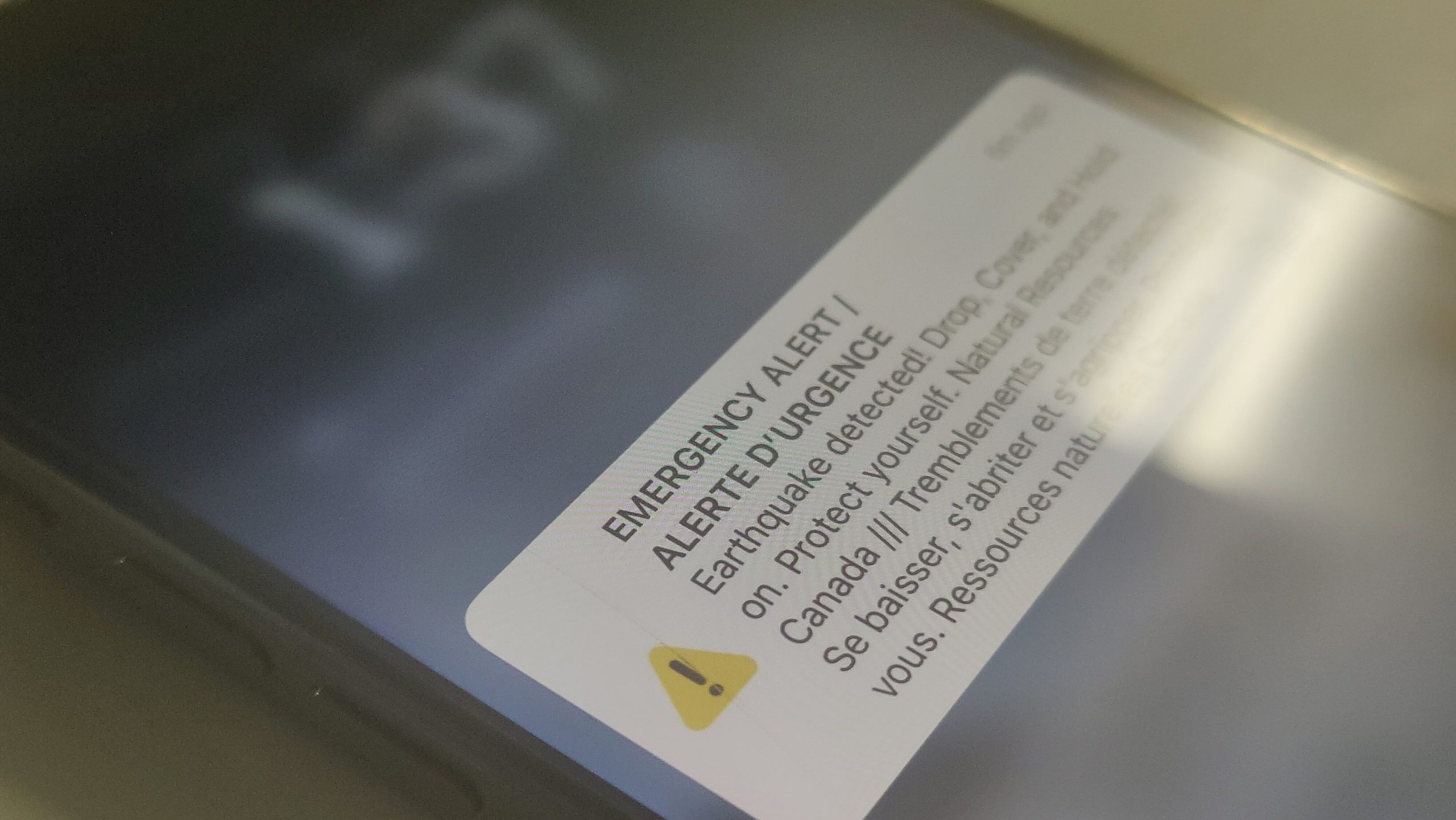
As the ground was vibrating from an earthquake on the Sunshine Coast Friday, not every British Columbian’s phone was vibrating with it.
The quake rumbled through Coastal B.C. and the Lower Mainland just before 1:30 p.m., but many residents say they weren’t notified before, until much later, or at all.
The Canadian National Public Alerting System helped make the Earthquake Early Warning to issue an alert to devices in critical areas close to the earthquake, and one expert tells 1130 NewsRadio it was working as designed Friday.
Natural Resources Canada seismic analyst Collin Paul says that if you didn’t receive the alert, it’s most likely due to where you were at the time.
The system works through a network of sensors. Officials say if there is a potentially harmful earthquake detected, the system will automatically issue an alert “through the National Public Alerting System seconds to tens of seconds before strong shaking starts, providing people in British Columbia with a few seconds to ‘Drop, Cover, and Hold On.’”
“They wouldn’t have received an alert if they’re outside the zone where the alert is determined to be required,” said Paul.
He explains that the Earthquake Early Warning system works to warn people about the possibility of damaging waves specifically.
“So in this event, being about 40 kilometres north of Sechelt, many people, say in Vancouver, they’re far enough away that that wave has attenuated. It’s fallen off, so we don’t expect damaging waves in that area.”
But that doesn’t account for the many reports of people who did receive an alert all over the Lower Mainland — and others who didn’t.
After the quake, many callers reported only select family members getting the alert, with some theorizing that it had to do with their mobile service provider.
Alison Bird, an earthquake seismologist with Natural Resources Canada, says your cell plan could be a factor.
“I have heard some people using the same provider and not seeing the alert, and others receiving it. So this is something that will certainly be investigated,” said Bird.
“It’s not a perfect system, but certainly anyone who is inside that area of strong shaking, and who has a cellphone on, should have received the alert outside that area. Some people receive it. Some people won’t, but it won’t be so important, because they won’t really be in peril of damage or injury in that area around shaking.”
She says it’s a learning experience for the team behind the system.
“This is our first earthquake early warning in this area through cell phones. So this is our first time that we can really learn from this experience,” she explained.
1130 NewsRadio has reached out to the National Public Alerting System for more information about the technology and its potential pitfalls.
—With files from Michelle Meiklejohn

